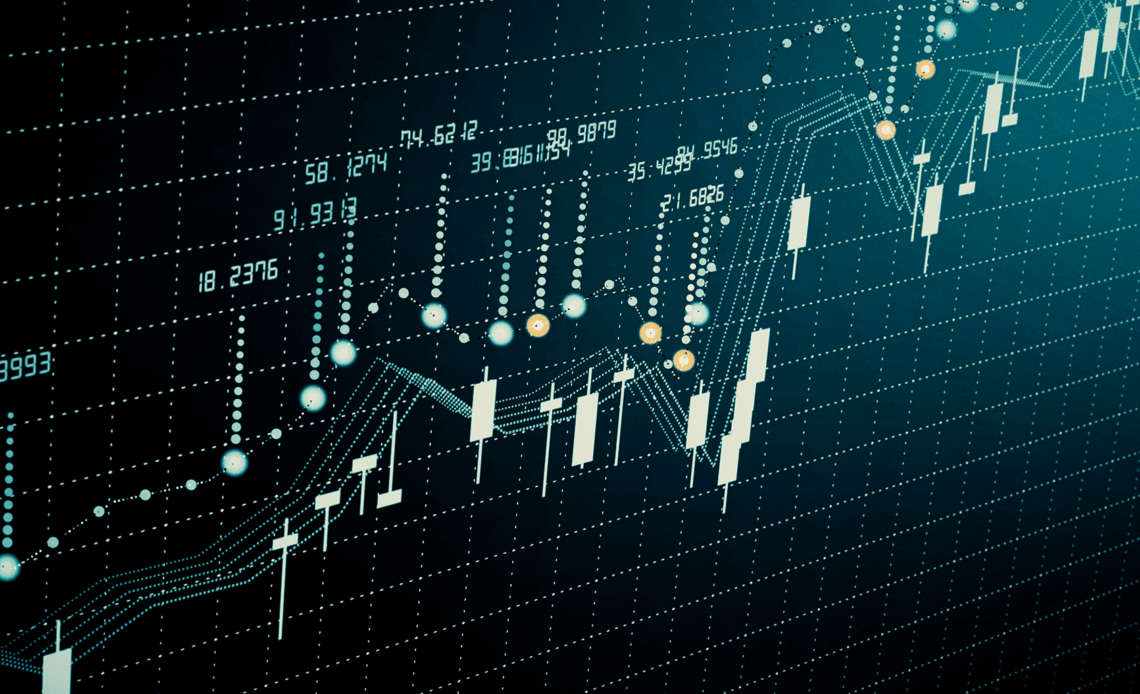There is more than one way to trade. In fact, a trader can give brokers specific instructions on how a trade should go. This article will discuss two of the most common types of orders: the stop order and the limit order.
Defining a limit order and a stop order
A limit order makes use of and takes advantage of a specific price in buying and selling. In this type of order, the trader would instruct the broker about the number of shares and an order’s price. It is buying at the limit price or more and selling at the limit price or lower. Traders use this type of order to secure the desired limit price if they proceed to execution.
Meanwhile, a stop order avoids significant losses when the trader instructs the broker to execute a trade after hitting a specific price. It is buying orders above the stop price and selling when the price goes below the stop price.
The similarities of a limit order and stop orders
These two are strategies for traders who do not have a lot of time to pay close attention to their assets since they are low supervision orders. They are also applicable not just in stocks and shares but also in other investments, such as futures, options, securities, and more. Both limit and stop orders give the broker directives to execute an order after hitting a specific price. We call this “specific price” as a stop price for stop orders, and for limit orders, it is a limit price. They are also applicable both in buying and selling.
An example scenario of a limit order
Elly wants to buy a stock from Z Company. Currently, it is selling at $80, and Kelly thinks that it is too expensive. She places a limit order at $75. As soon as the stock hits $75 or lower is the only time to buy.
Later on, Kelly wants to sell some of her assets. She places a limit order at $100. Once this asset reaches $100 or more, the broker will proceed to sell it.
Whether or buying or selling, Kelly waited for an excellent opportunity to gain a profit or an even better profit. All executions are automatic. The best chance to buy is as soon as the limit price is hit or lower. On the other hand, sell when the stop price is hit or higher.
An example scenario with a stop order
Tina places a stop order at $100 for a stock that is currently trading at $105. There is an automatic execution if things do not go well and the price massively declines to the point that it reaches $100. On the other hand, if the price appreciates, then the next move is buying.
Tina anticipates that this price will increase soon but is too afraid of risks, so she places a limit order at $100 to avoid losses. However, before the most anticipated price increase, there was a short period of a price drop. Even before the price increased, the execution happened, leaving Tina with a missed opportunity to go home with good gain.

